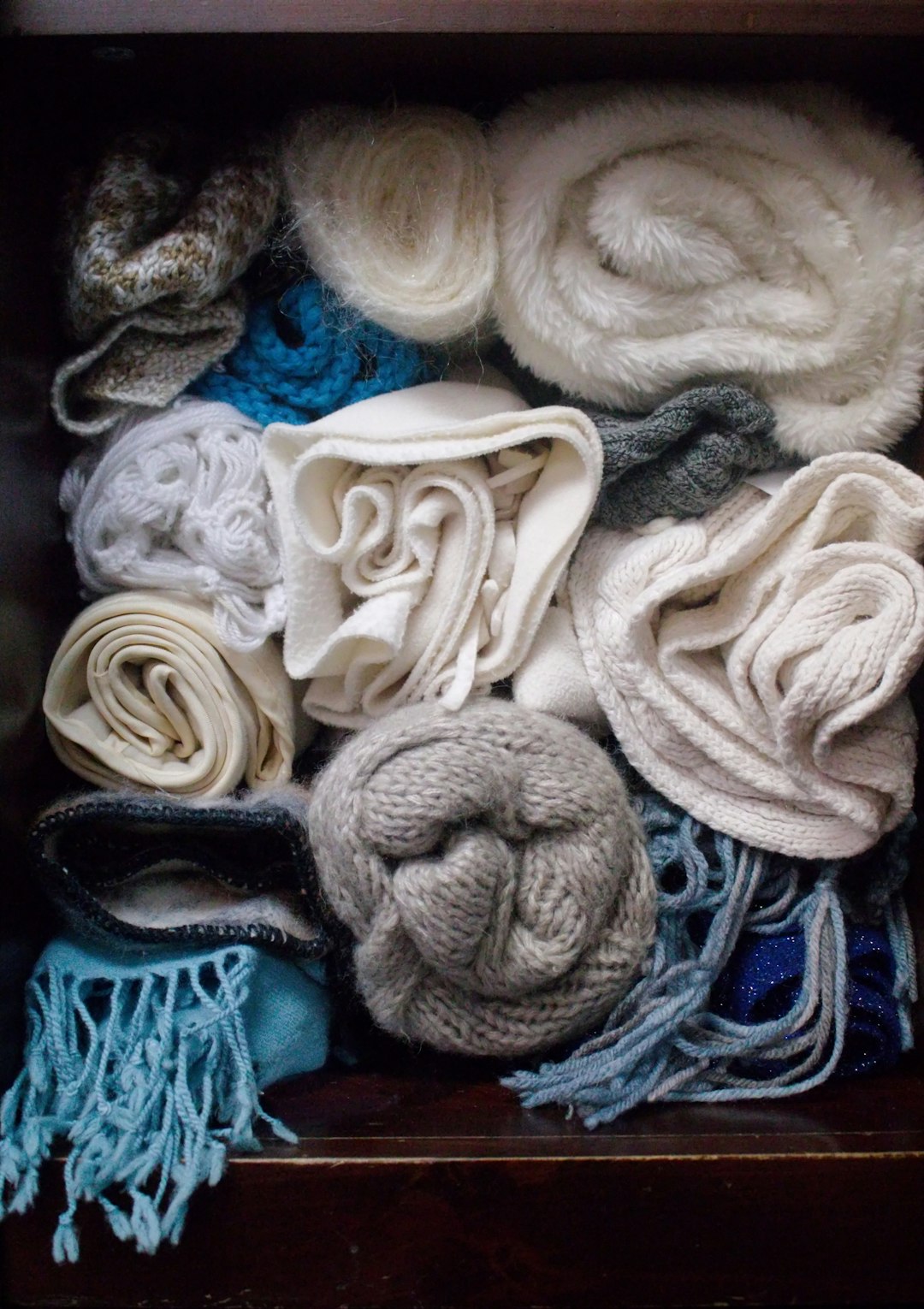Wearing the right layers can mean the difference between comfort and misery, especially when engaging in outdoor activities across variable climates. Among all available fabrics, Merino wool has proven to be a standout performer due to its excellent insulation, breathability, and moisture-wicking capabilities. Understanding how to layer Merino wool effectively and which garments to choose for various temperature ranges is essential for optimizing your performance and comfort. In this article, we dive into the fundamentals of Merino layering systems and provide specific recommendations for different conditions.
Why Merino Wool Stands Out
Merino wool, sourced primarily from Merino sheep, has long been favored by outdoor enthusiasts, athletes, and travelers. Here’s why:
- Temperature Regulation: Merino wool adapts to changing temperatures, keeping you warm in the cold and cool in the heat.
- Moisture Management: It can absorb up to 30% of its weight in moisture without feeling wet, keeping your skin dry.
- Odor Resistance: Merino wool fibers naturally resist odor-causing bacteria, allowing for multi-day wear without smell.
- Softness: Unlike traditional wool, Merino fibers are fine and soft, providing comfort directly against the skin without itchiness.
Understanding the Merino Layering System
A proper layering system generally consists of three primary components:
- Base Layer: The first layer in direct contact with your skin. Its main role is to wick moisture and regulate body temperature.
- Mid Layer: Provides insulation by trapping body heat. It also helps transport moisture away from the base layer.
- Outer Layer: The barrier against wind, rain, and snow. Though this may not always be Merino wool, understanding how it fits with the inner layers is essential.
Each layer should work in unison to offer thermal efficiency, freedom of movement, and moisture control. Let’s delve into how to adapt your Merino layering strategy based on different temperature brackets.
Layering by Temperature Range
1. Warm Weather (Above 60°F / 15.5°C)
In warm conditions, breathability and sun protection are key. A lightweight Merino base layer offers UV protection and moisture management, reducing overheating and sweat buildup.
Recommended Choices:
- 150–170 gsm Merino t-shirts or tanks
- Lightweight Merino boxers or briefs
These garments are ideal for activities like hiking, trail running, and travel in warm climates.
2. Mild to Cool Weather (40°F to 60°F / 4°C to 15.5°C)
This is where your layering system becomes more dynamic. A lightweight or midweight base layer paired with a Merino mid layer provides adaptable warmth and breathability. The aim is to stay warm during movement but avoid overheating.
Recommended Choices:
- 180–200 gsm long sleeve base layer shirt
- Midweight Merino hoodie or half-zip (220–260 gsm)
- Merino leggings or joggers
This setup is suitable for fall hikes, spring mountaineering, and urban commuting in transitional weather.
3. Cold Weather (20°F to 40°F / –6°C to 4°C)
When temperatures drop, your layering system needs to emphasize insulation and the ability to vent heat and moisture when active. At this range, a heavier mid layer is essential, and an outer shell may be needed if precipitation or wind is expected.
Recommended Choices:
- 200–250 gsm base layer top and bottom
- Heavyweight Merino mid layer (300+ gsm)
- Windbreaker or hardshell jacket (non-Merino)
Activities such as snowshoeing, skiing, and winter hiking benefit from this layering approach.

4. Subzero and Extreme Cold (Below 20°F / –6°C)
At these frigid temperatures, thermal efficiency and moisture transport are paramount. The proper combination of Merino base and thick insulating layers ensures your body retains heat without compromising on mobility or sweat control.
Recommended Choices:
- 250–320 gsm top and bottom base layers
- Merino fleece or lofted insulated mid layers
- Heavy-duty waterproof shell or parka
This configuration is necessary for alpine expeditions, winter camping, and other activities in polar or high-altitude conditions. At this level, integrating Merino with synthetics or down becomes essential for optimal insulation.
Specialty Garments and Add-Ons
Beyond the core layers, there are supplemental Merino garments that enhance the overall system:
- Merino Buffs and Neck Gaiters: Lightweight and multifunctional for head and neck warmth.
- Merino Gloves: Offer warmth without bulk, ideal for layering under shell gloves.
- Merino Beanies and Balaclavas: Provide high insulation for the head and face in cold conditions.
- Liner Socks: Soft, lightweight Merino liners wick moisture away from the feet to prevent blisters.
Caring for Your Merino Layers
With proper maintenance, Merino garments can last for years while maintaining their performance characteristics. Here are some care tips:
- Wash Cold: Use a gentle, cold cycle with a mild wool-safe detergent.
- Avoid Fabric Softeners: These can coat fibers and reduce moisture-wicking ability.
- Air Dry When Possible: Hang-drying extends the lifespan and preserve fabric shape.
- Store with Care: When not in use for long periods, use airtight bins to prevent moth damage.

Conclusion
Merino layering offers a versatile, high-performance clothing system suitable for everything from summer hikes to deep-winter expeditions. Understanding the weight classes of Merino fabric and how to combine them based on temperature conditions allows you to optimize comfort and performance without compromising safety. By investing in quality Merino garments and learning how to use them effectively, you can ensure you’re prepared for any environment, season after season.
Whether you’re a mountaineer, cyclist, trail runner, or casual adventurer, Merino layering deserves a key place in your gear list. Choose your garments based on activity intensity, environmental exposure, and duration—and stay dry, warm, and comfortable wherever you go.







